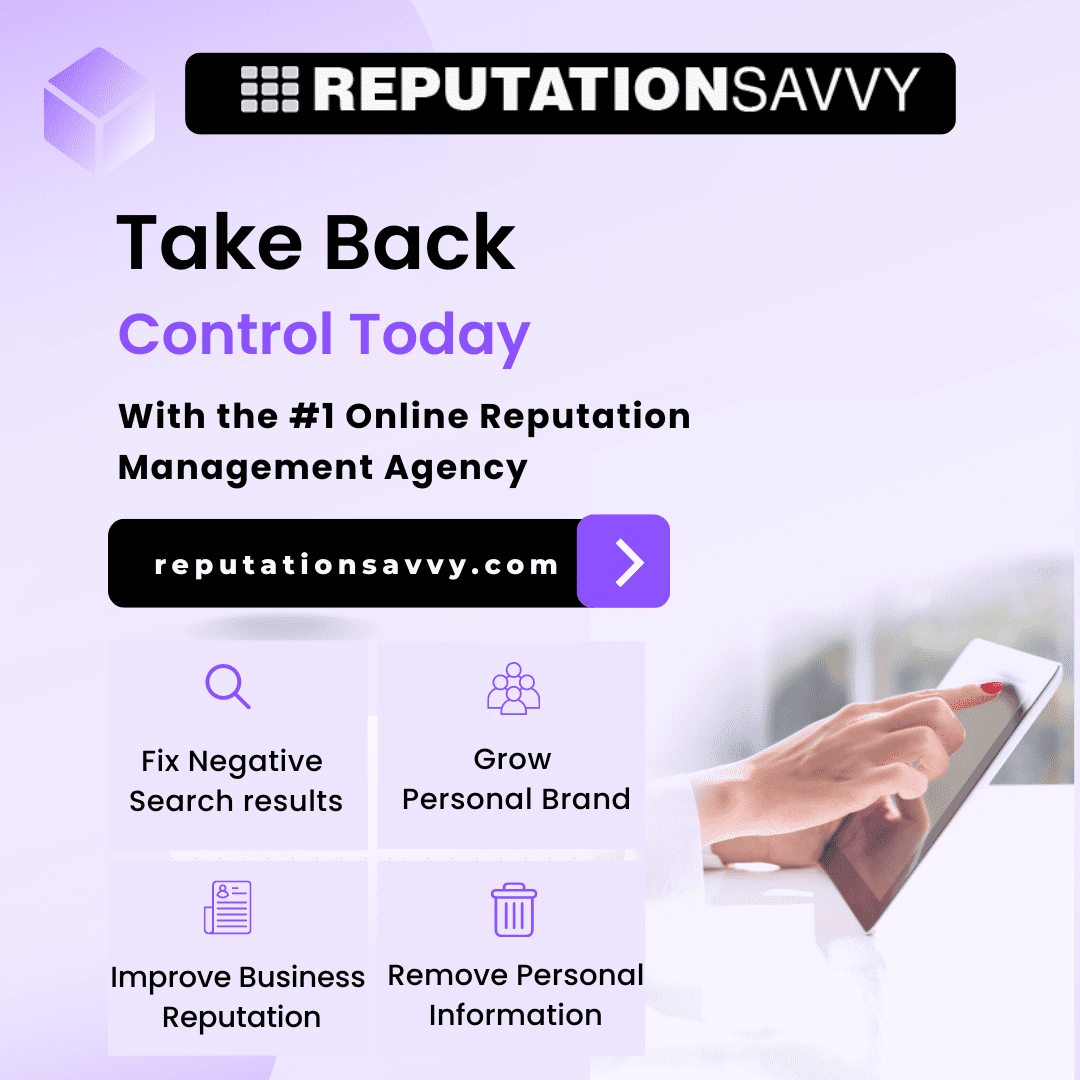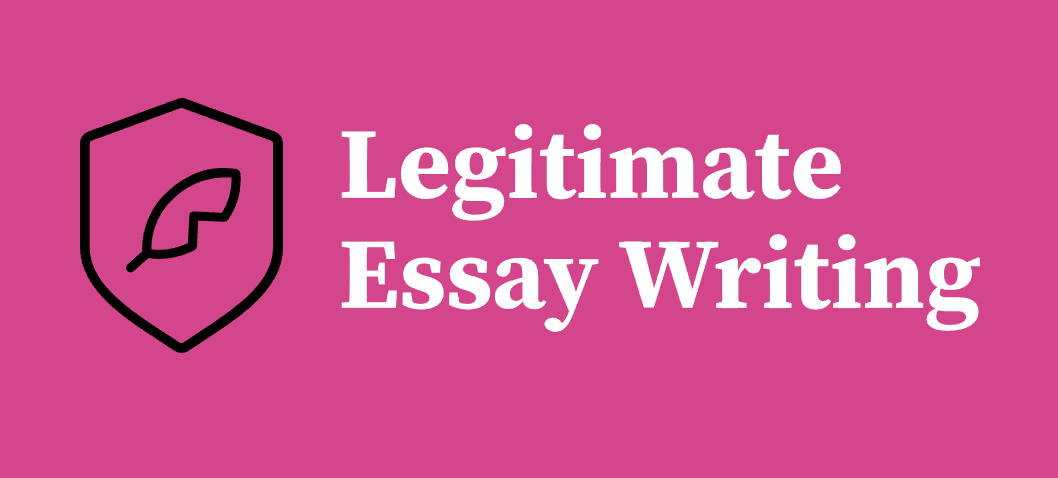Sarah stared at the screen with sweat on her forehead. Twenty minutes left. Half of the questions remained unanswered. It was not just any test- it was the aptitude test that stood between her and her dream job in a prominent Australian bank.
Thousands of Australians face this very situation on any given day. The good part? There are methods that most people never think of employing.
The Real Deal About Aptitude Testing
Let’s put it straight. They’re not trying to measure how clever you are; rather, they’re seeing if your brain works in the way it should for the job.
For an accounting position, expect a cognitive ability test to focus more on numerical reasoning. For a marketing position, it would be focused more on verbal logic. The tests are the same; only the mindset needs to change.
It is really just a matter of knowing what they are really asking for before you go walk in the door!
The Backwards Preparation Method
Here’s what most people do wrong. They grab a practice test book and start grinding through questions. That’s like trying to win a chess match by memorizing every possible move.
Try this instead: start with one question type you find hardest. Spend a full week on just that. Master it completely. Then move to the next challenge area.
Take numerical reasoning. Instead of doing 50 mixed problems, focus purely on percentage calculations for three days. Your brain builds deeper neural pathways this way. It’s like strength training for your thinking.
Case Study: The Engineering Graduate
Meet James, a mechanical engineering graduate from Melbourne. He kept bombing the cognitive abilities test sections on spatial reasoning. Weird, right? An engineer struggling with 3D thinking?
His mistake? Rushing through practice questions. He switched tactics. Every morning for two weeks, he spent 15 minutes building with Lego blocks. Sounds silly? His spatial reasoning scores jumped 40%.
The lesson? Sometimes the best preparation happens away from the test.
The Power Nap Strategy
This one just sounds crazy until you try it. Research has shown that taking a 10-minute nap just before a test can increase cognitive and aptitude performance by 25%.
Here’s the thing: Your brain will consolidate memory during such micro-sleeps. Practice sessions get consolidated during that little bit of rest.
Testing in Australia tends to happen in the early afternoons, so this could be perfect timing. Just don’t oversleep- past 15 minutes, it’s grog-inducing.
Reading the Room (Literally)
Most test-takers ignore their environment. Big mistake. The testing room tells you things about the company culture.
Formal setup with individual desks? They value precision and attention to detail. Open collaborative space? They’re testing how you handle distractions while thinking.
Adjust your approach accordingly. In formal settings, double-check everything. In casual environments, trust your first instincts more.
The Three-Pass Method
First Pass
Skim the entire test. Mark questions that look easy. This primes your brain and reduces anxiety.
Second Pass
Answer all the easy questions first. Build momentum and confidence. Your brain releases dopamine with each correct answer, improving focus for harder questions.
Third Pass
Tackle the challenging stuff. You’ve already banked points and activated your thinking patterns.
Most people go question by question. They get stuck on number three and panic. Don’t be like most people.
Unique Preparation Tactics
The Smartphone Timer Trick:
Set random alarms throughout your day
When they go off, solve one practice question
This builds comfort with switching mental gears quickly
Mimics the pressure of timed testing
The Explanation Method:
After solving each practice question, explain your solution out loud
Record yourself if possible
This catches logic gaps you’d miss otherwise
Strengthens your reasoning process
The Worst-Case Scenario Planning:
Practice with deliberate distractions (music, people talking)
Set shorter time limits than the actual test
Use an uncomfortable chair or poor lighting
When real test conditions feel easy by comparison
Managing Test Day Anxiety
Your palms are sweaty. Heart’s racing. Classic test anxiety. Here’s what actually works.
Arrive early, but not too early. Twenty minutes is perfect. Earlier creates more anxiety. Later causes rushing.
Bring a small object from home. A lucky pen, a photo, anything familiar. It anchors you to your regular confidence.
Do math in your head while waiting. Simple stuff like 7 x 8 or 15 + 23. Gets your brain warmed up without creating pressure.
After the Test: Learning Mode
Whether you ace it or bomb it, request feedback if possible. Many companies provide basic score breakdowns. This intel is gold for future tests.
Keep a testing journal. What strategies worked? Which sections felt easier? What threw you off? This data improves your approach every time.
Ready to Ace Your Next Challenge?
In truth, aptitude tests are skills, not talents. With the right approach, anyone can drastically enhance performance.
RightPeople understands more about the Australian testing sector than anyone else. Their assessment specialists have helped thousands of professionals crack the cognitive ability test’s code. They provide practice material modified to the Australian workplace environment, integrated with coaching to help you discover your strengths and weaknesses.
Do not leave your career to chance. Master the test, master your life.











